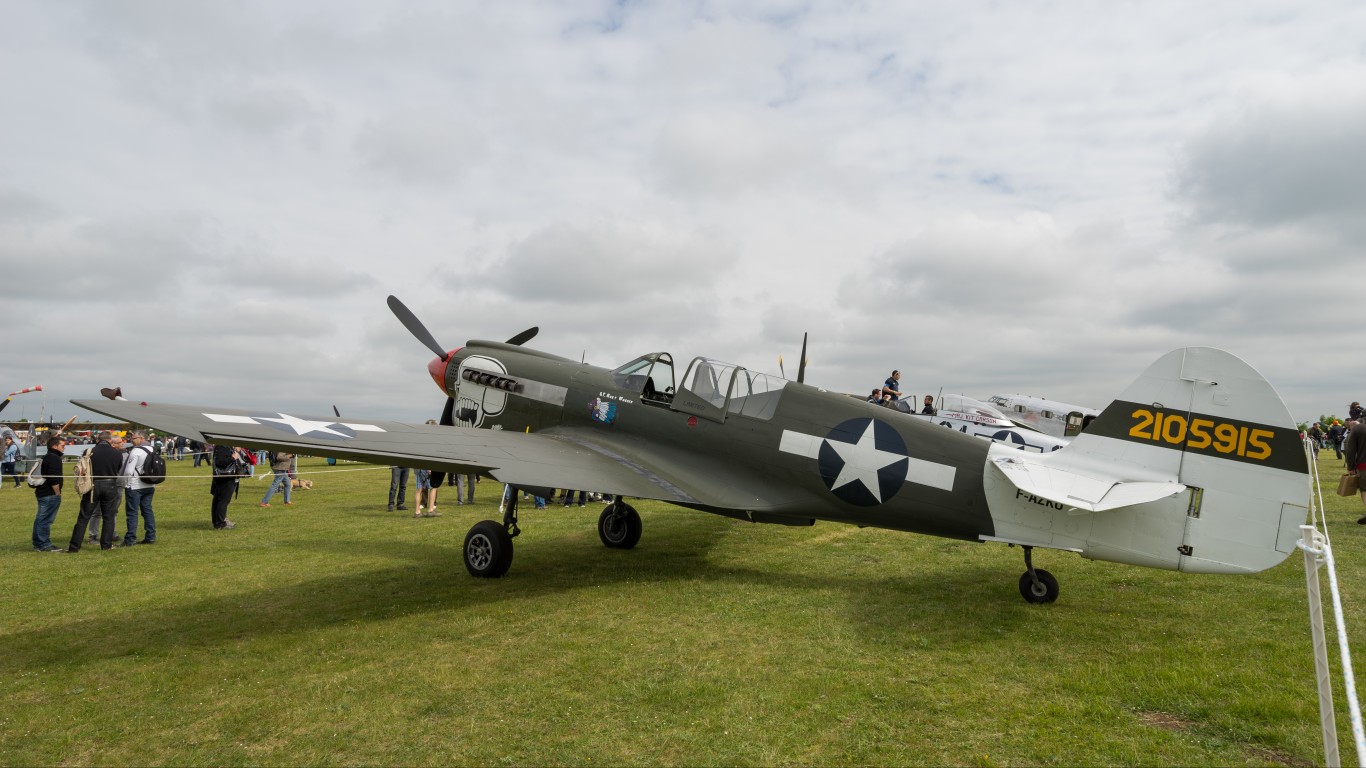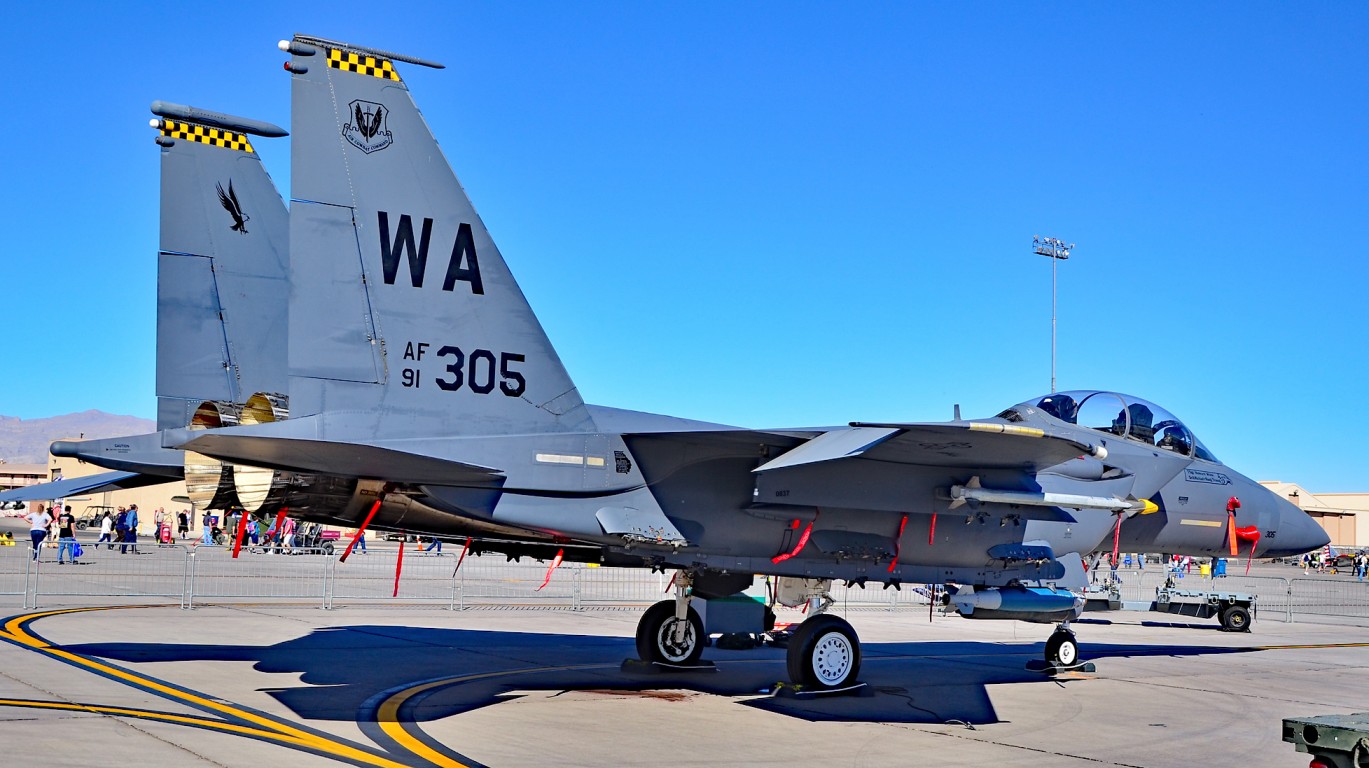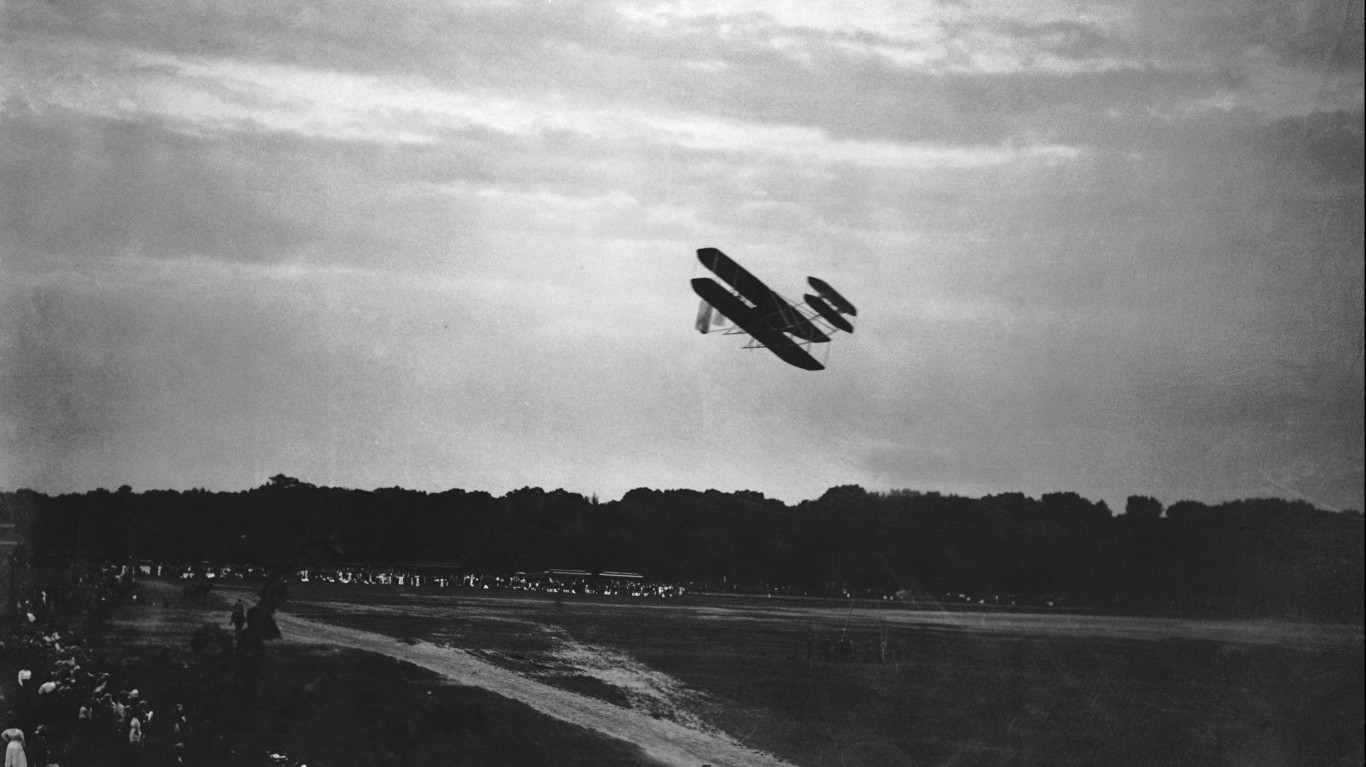
Flight pioneers the Wright brothers first flew a powered airplane on Dec. 17, 1903. Known as the Wright Flyer, it was aloft for only 12 seconds. Orville Wright lived until 1948 but was out of the plane business by 1915, when the company he helped found was sold.
At first, the airplane had little practical purpose as it could not carry passengers or freight. The early years of flying were plagued by accidents. Still, the plane became a weapon almost immediately. In 1908, the Wright brothers launched the Wright Military Flyer, America’s first military warplane. During one of the early flights, a crash killed a military officer. The Wrights returned with a similar plane in 1909.
The U.S. Army Signal Corp took charge of air machine matters in 1907, and in 1912, Congress for the first time appropriated funds for Army air matters. The 1st Provisional Aero Squadron was organized in March 1913, and by the start of World War I, the 1st Aero Squadron represented the entire U.S. Army. It had six airplanes. (This is the world’s largest air force.)
To determine America’s first military war plane and other significant war planes, 24/7 Wall St. looked at several hundred combat aircraft used by the U.S. military over the course of more than a century and picked a group that best represents advances in technology or aircraft that were an extremely important part of America’s war efforts.
Click here to see America’s first military war plane
1. Wright Military Flyer
In 1908, the Wright brothers launched the Wright Military Flyer, America’s first military warplane. During one of the early flights, a crash killed a military officer. The Wrights returned with a similar plane in 1909. The Wright planes were used mostly for observation.
[in-text-ad]
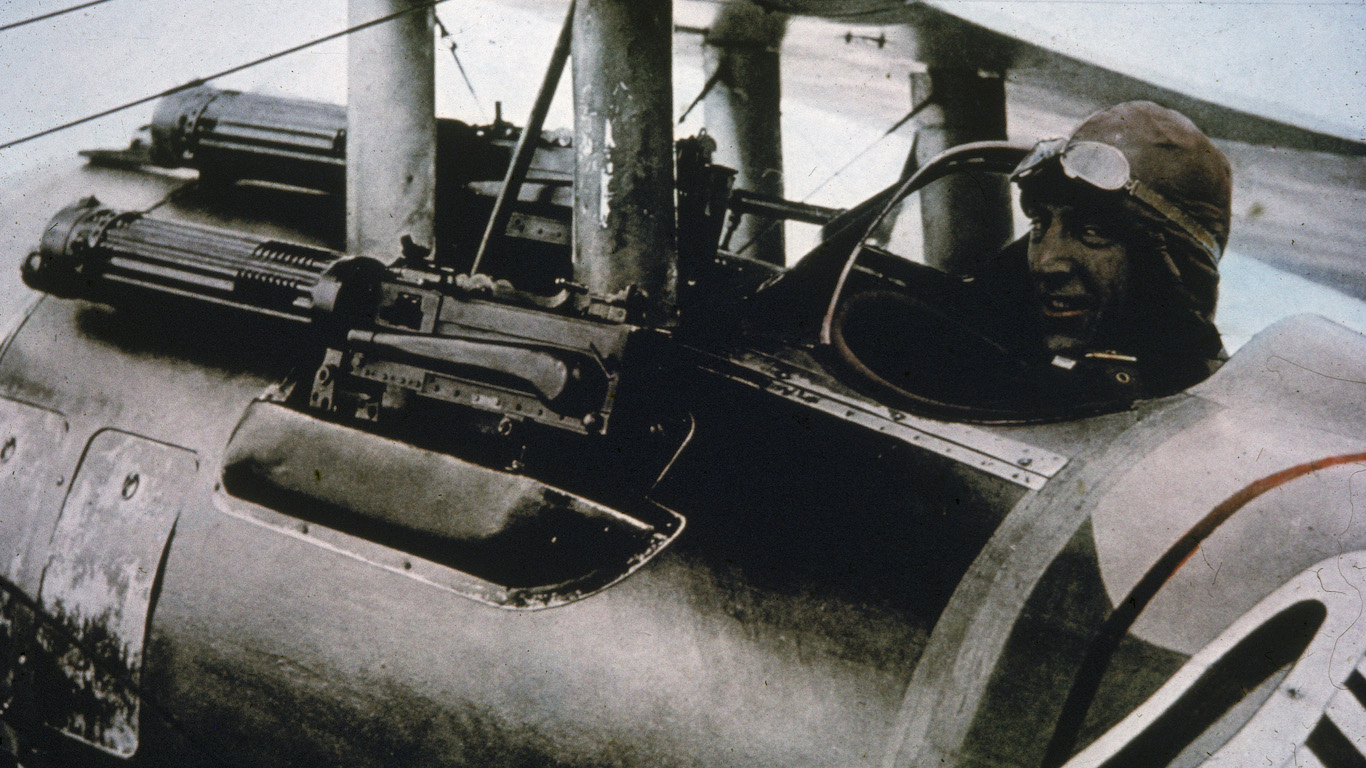
2. Nieuport 28
This was the primary fighter for the U.S. air force in WWI. Eddie Rickenbacker, Captain of the 94th Aero Squadron, had a total of 26 kills in WWI flying the Nieuport 28. This made him America’s top ace.
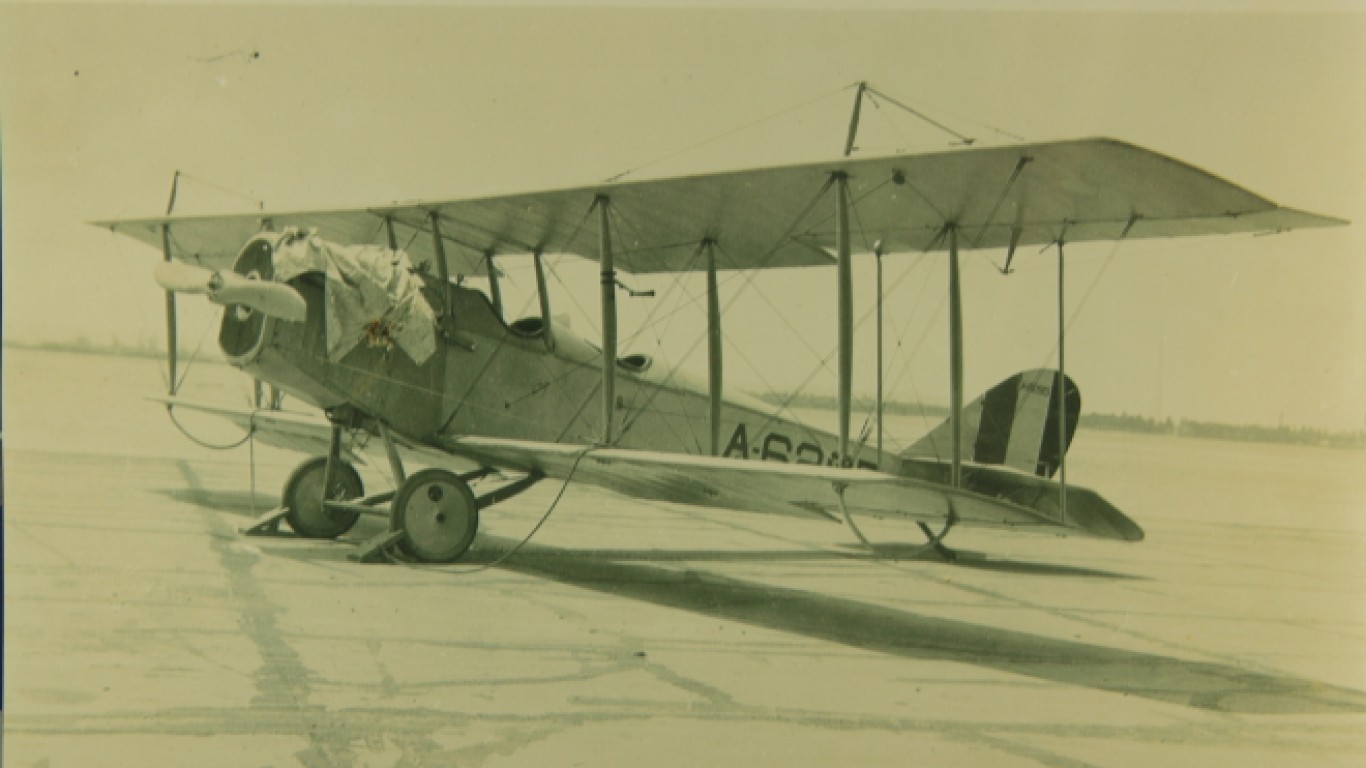
3. Curtiss Jenny
One of the earliest planes used in WWI, the Army, Navy, and Marines had their own versions. The plane was used throughout most of the war for observation.
4. Curtiss P-40 Warhawk
At the start of World War II, the U.S. had virtually no inventory of planes. The Warhawk was first used in combat at Pearl Harbor. Eventually, it was part of the air force of over two dozen countries.
[in-text-ad-2]
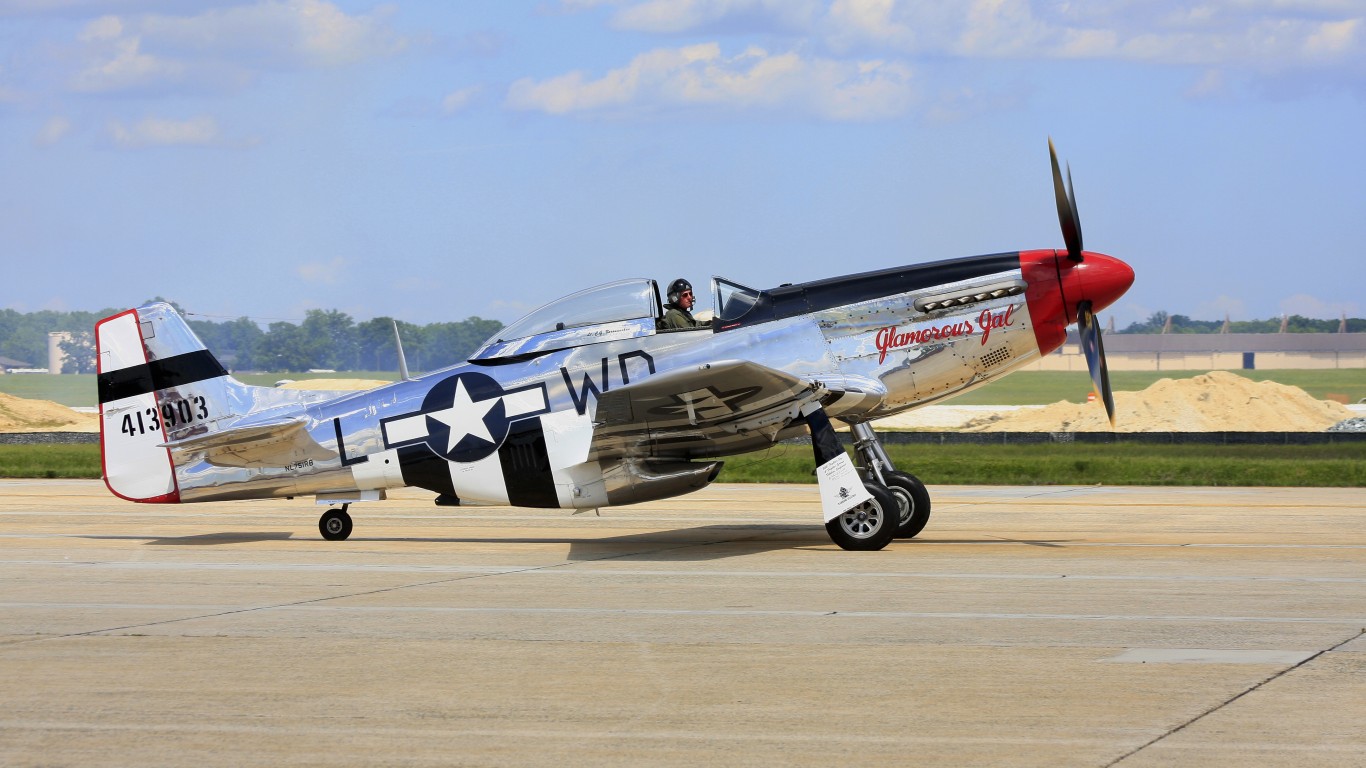
5. P-51 Mustang
The Mustang was used by the Army Air Force throughout most of WWII. It was used as both a single seat fighter and, with a different design, a fighter bomber. The plane shot down nearly 5,000 enemy aircraft during WWII.
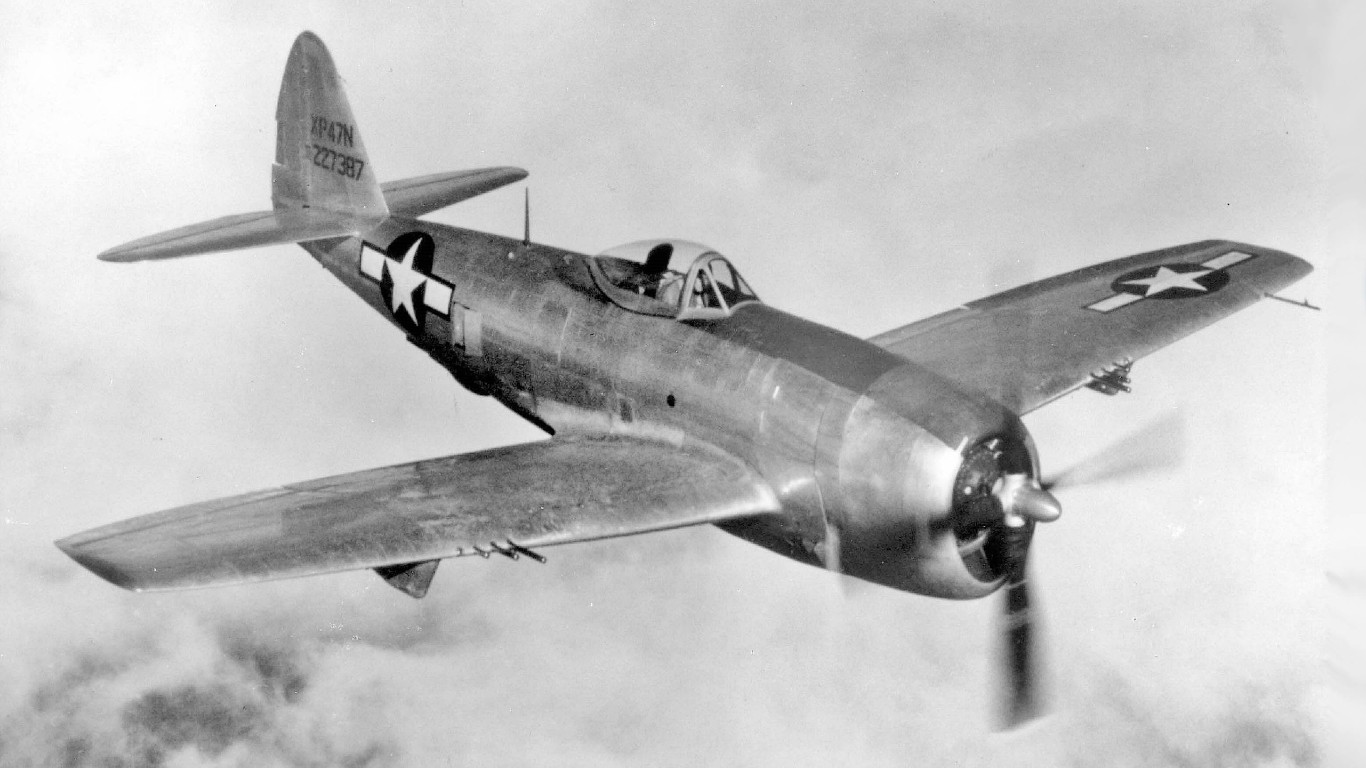
6. P-47 Thunderbolt
Nearly 16,000 of these Thunderbolt aircraft were manufactured. The Smithsonian called it the “Beast of the Airways,” a testament to how hard it was to shoot down. The plane was the largest single-engine fighter used in WWII.
[in-text-ad]
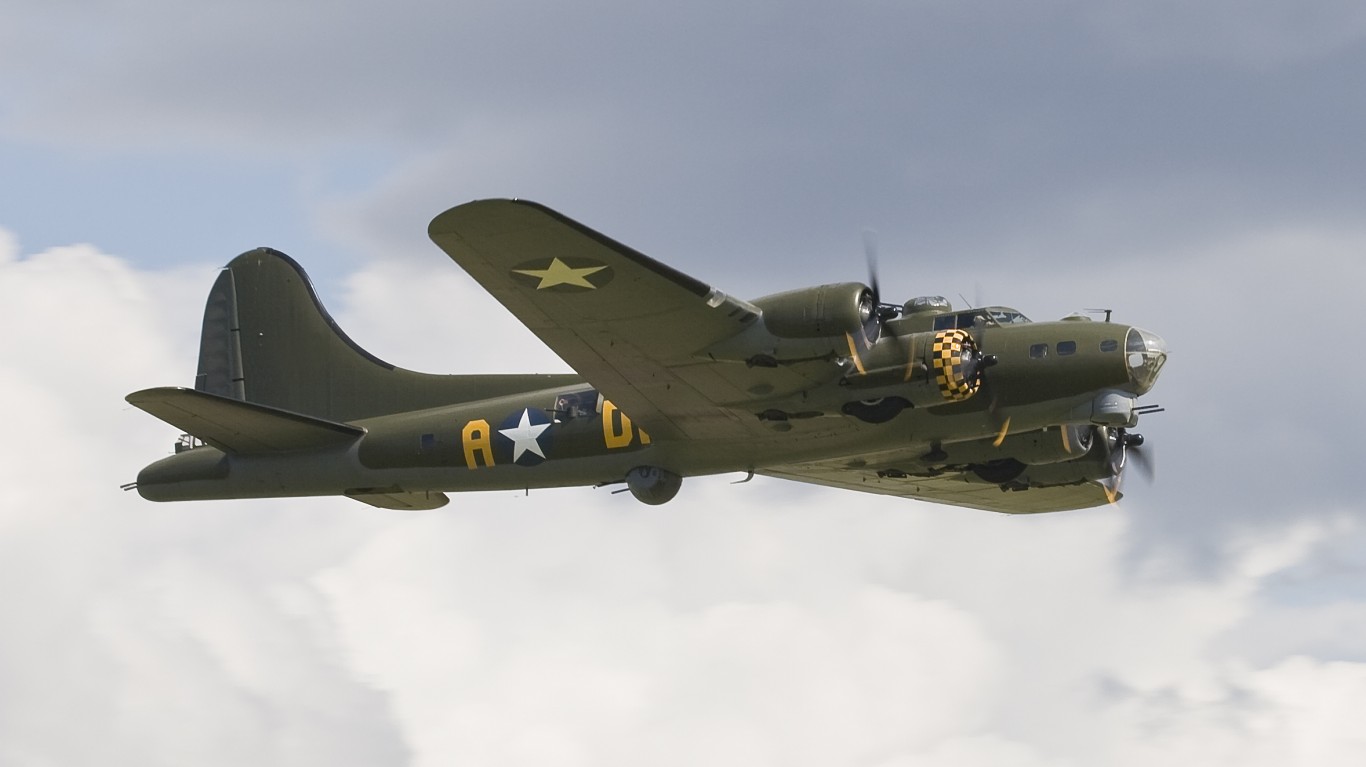
7. B-17 Flying Fortress
This bomber was among the most important reasons the U.S. and its allies won the war in Europe. The four-engine craft was used to bomb deep into German territory. The U.S. built almost 13,000 of these.
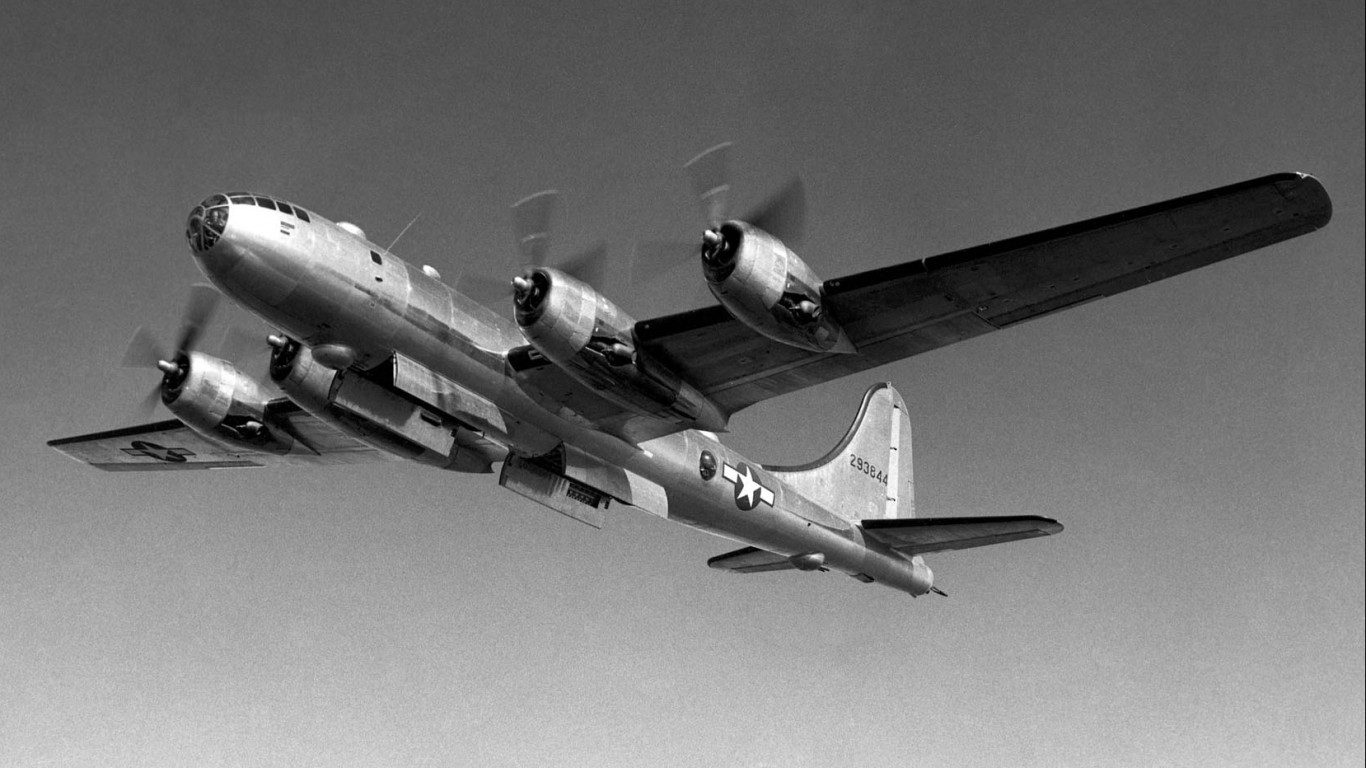
8. B-29 Superfortress
The Superfortress was used in the Pacific through much of WWII. It is most famous for dropping the atomic bombs on Hiroshima and Nagasaki which drove Japan out of the war.
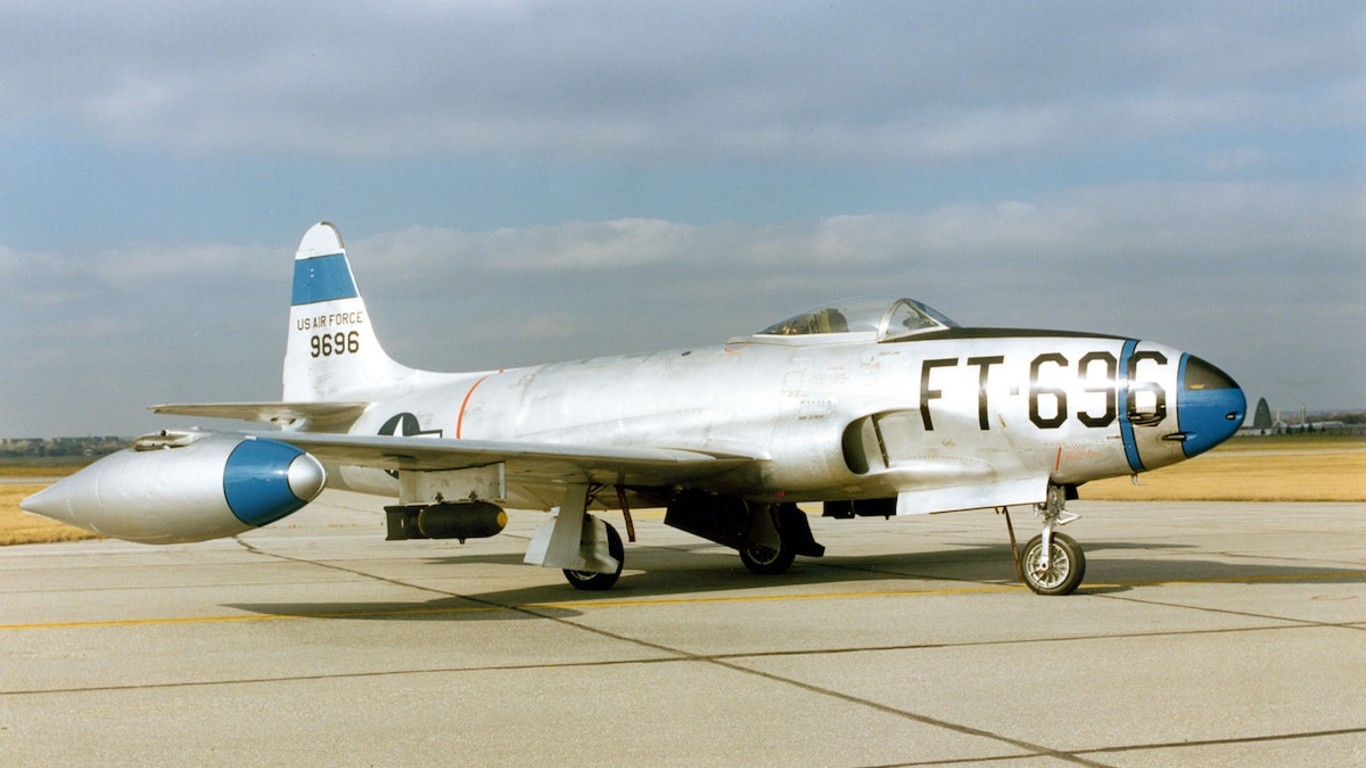
9. F-80 Shooting Star
This was the first jet used in combat, starting during the Korean War. It was used in the first engagement of two jet fighters when it saw action against a Russian MiG-15 on Nov. 8, 1950.
[in-text-ad-2]
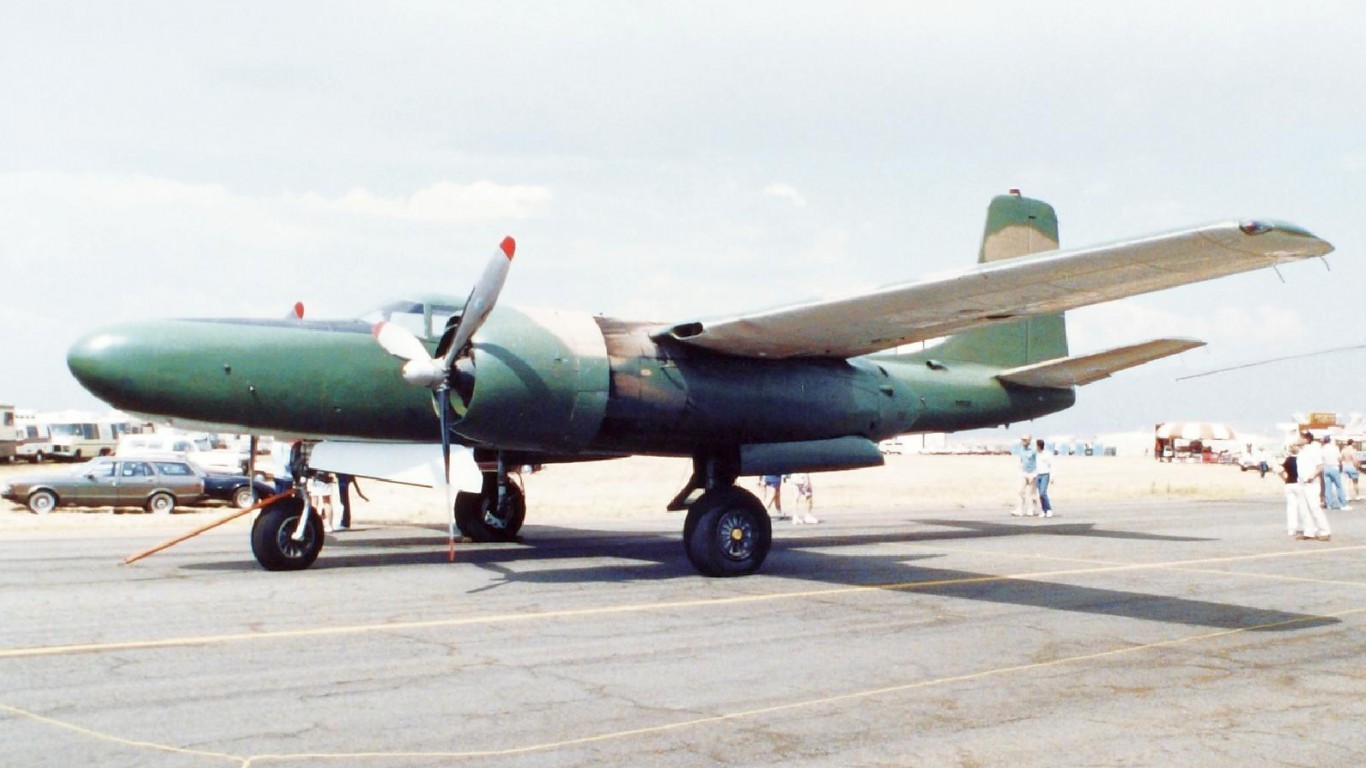
10. Douglas A-26 Invader
These bombers, used during the Korean War, were based in Japan. Among their missions was to bomb North Korea. The plane was also used early in the War in Vietnam. According to Boeing, it was the only U.S. bomber used in three wars — WWII, Korea, and Vietnam.
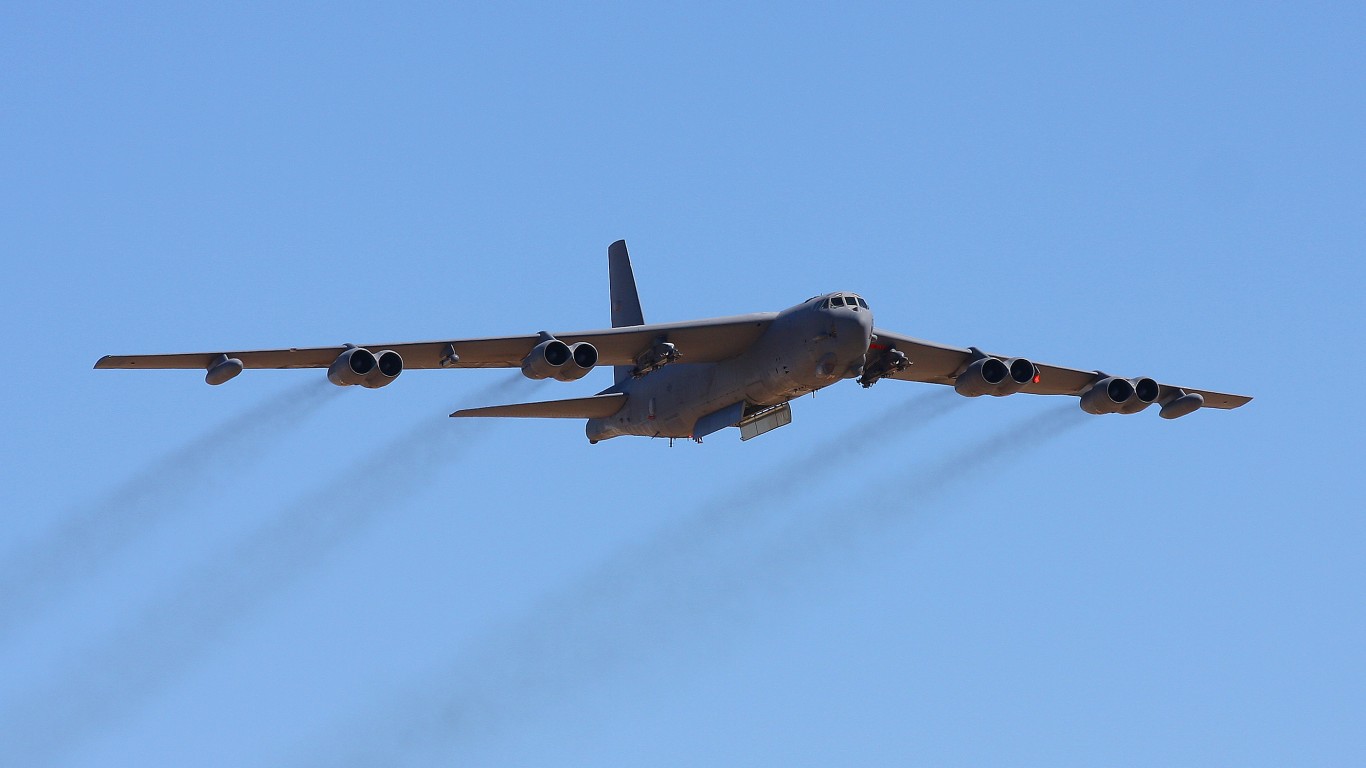
11. Boeing B-52 Stratofortress
The long-range, heavy bomber was first used in 1955 and will be in service until 2050. Despite a number of attempts, the B-52 has never been replaced with a bomber that is more cost efficient and as effective. The plane can fly almost 9,000 miles without refueling.
[in-text-ad]
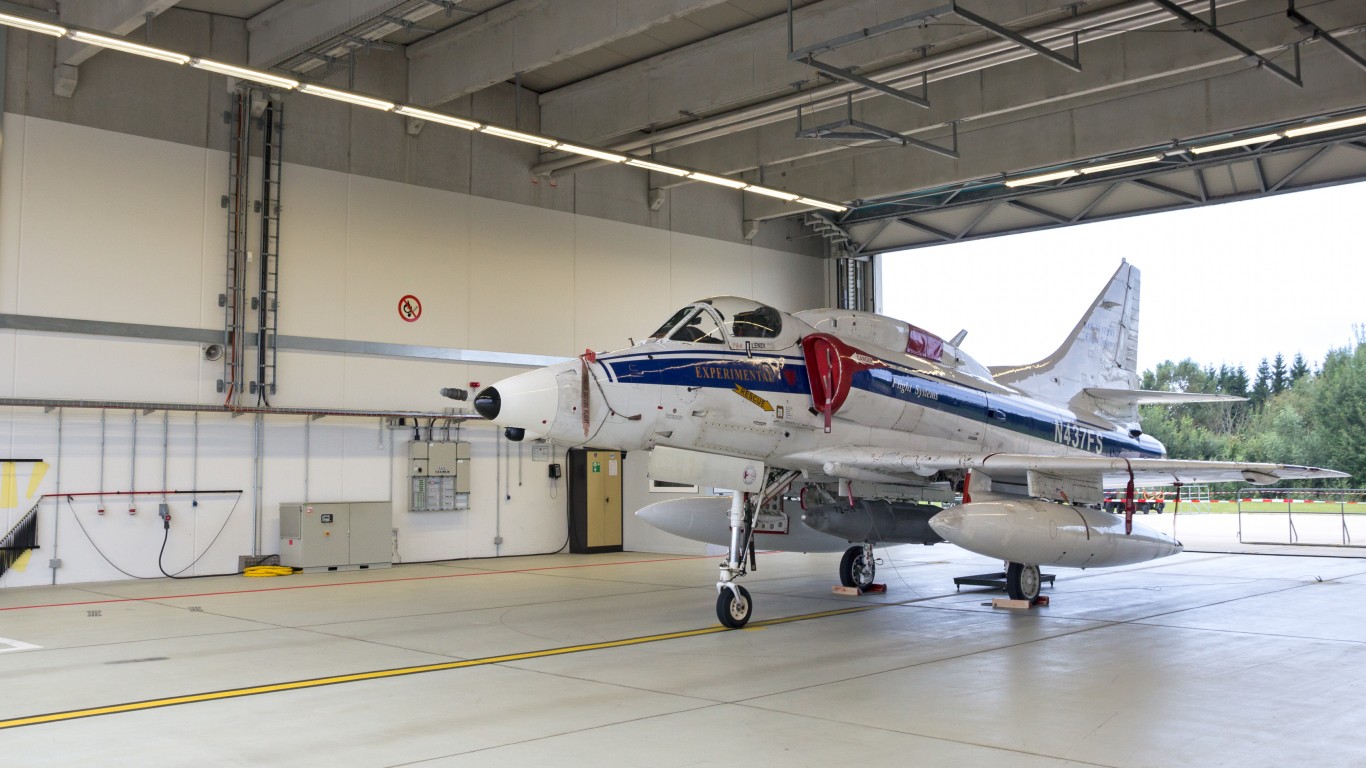
12. Douglas A-4 Skyhawk
The jet fighter was used in Vietnam. Late Sen. John McCain was flying one of these when he was shot down and captured. The Skyhawk had a top speed of 673 MPH and a range of over 1,100 miles.
13. F-15E Strike Eagle
One of the jets used by the military today, the F-15E Strike Eagle is used for both air-to-air and air-to-ground strikes. The latest version carries two pilots.
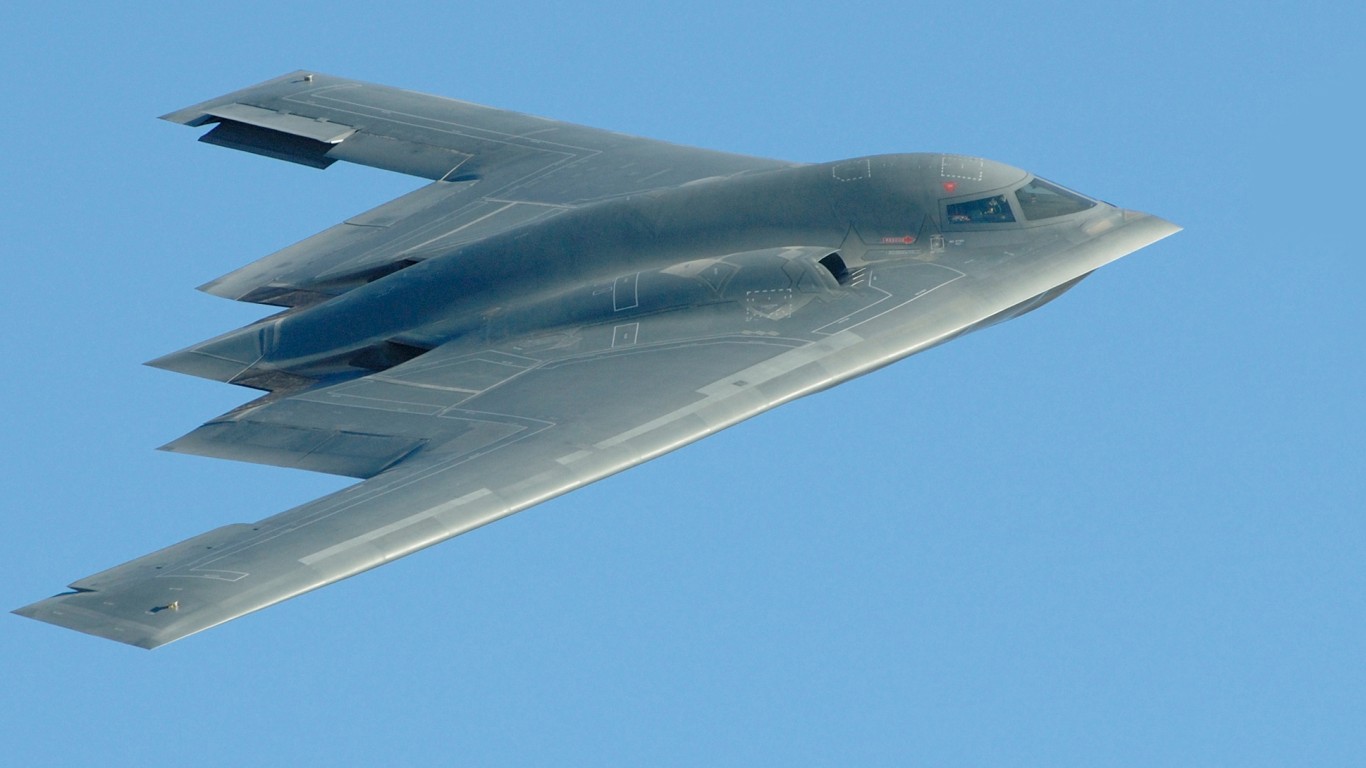
14. B-2 Spirit
The stealth bomber has been a problem child for the military since it was launched in 1989. Each costs over $2 billion. It is an example of a critical military need overrun by poor execution by the manufacturer.
It’s Your Money, Your Future—Own It (sponsor)
Retirement can be daunting, but it doesn’t need to be.
Imagine having an expert in your corner to help you with your financial goals. Someone to help you determine if you’re ahead, behind, or right on track. With SmartAsset, that’s not just a dream—it’s reality. This free tool connects you with pre-screened financial advisors who work in your best interests. It’s quick, it’s easy, so take the leap today and start planning smarter!
Don’t waste another minute; get started right here and help your retirement dreams become a retirement reality.
Thank you for reading! Have some feedback for us?
Contact the 24/7 Wall St. editorial team.
![1909 Wright Military Flyer [1] by Alan Wilson 1909 Wright Military Flyer [1] by Alan Wilson](https://a673b.bigscoots-temp.com/wp-content/uploads/2022/06/imageForEntry1-pSD.jpg)
